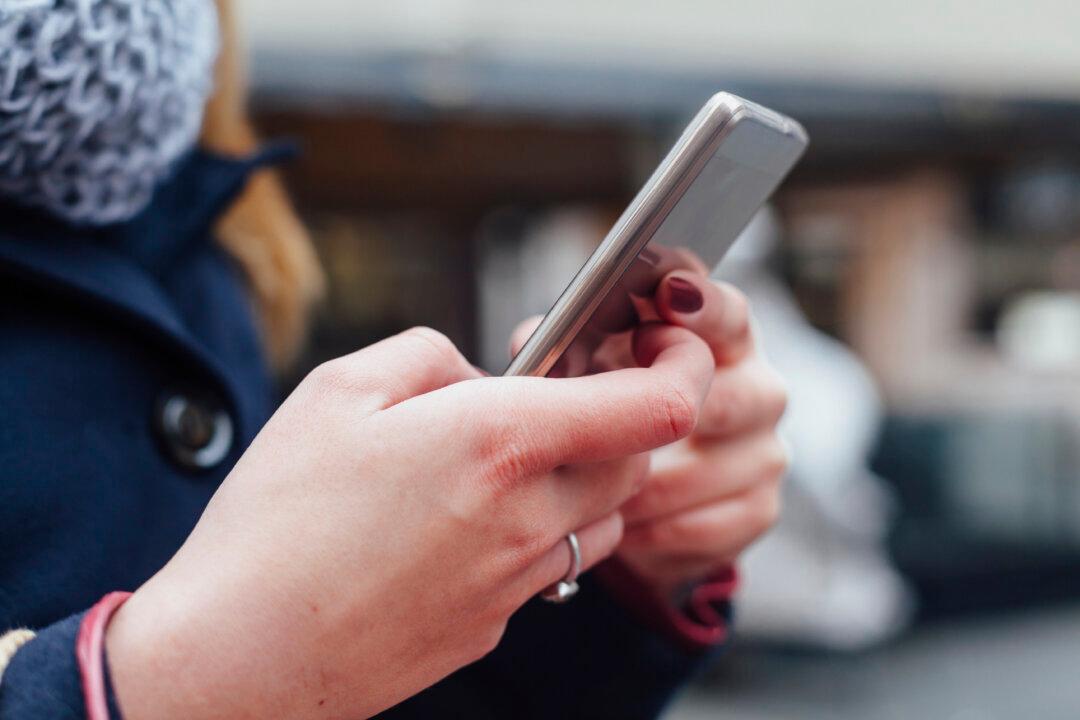An Australian study has confirmed what most people have observed: that texting while walking increases a person’s chance of accidental falls—and that’s in crowded areas or into oncoming traffic.
According to a study in the journal Heliyon, researchers at the University of New South Wales (UNSW) conducted an experiment with students and asked them to navigate hazards while their thumbs twiddled away on a phone.





